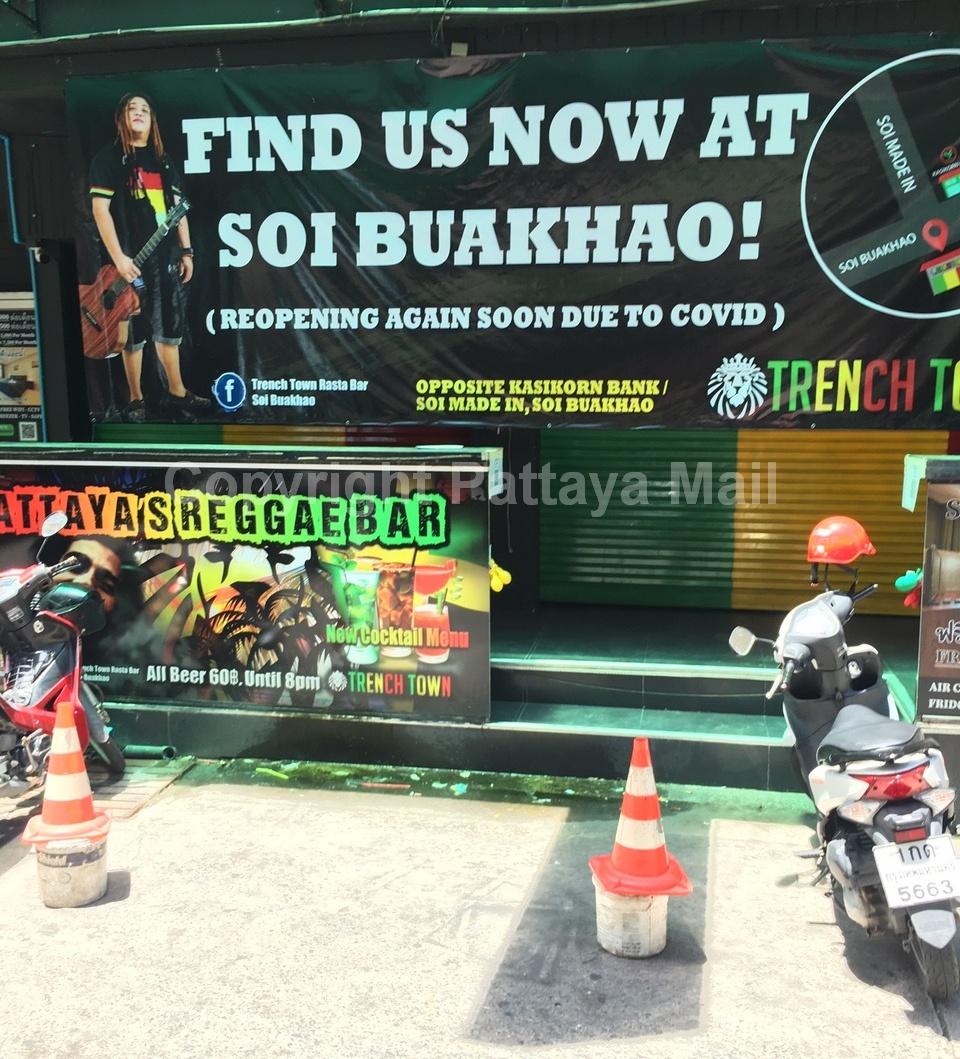
In a word “history”. Thailand’s favorite holiday retreat has undergone many awesome transformations in the past. In the 18th century Pattaya was a military headquarters where, in today’s Thepprasit Road, King Thaksin the Great threw back the Burmese invasion. The resort then spent two centuries as a quiet fishing village before it became a horizontal-leisure venue for American servicemen bombing Cambodia and Vietnam. In the last 50 years Pattaya has grown almost beyond belief to the concrete jungle we know today. If the city has managed to survive that lot, it can certainly bloom again. But perhaps not in a precise resurrection.
Some elements in the Thai government are still lobbying for travel bubbles or corridors where groups of specially-selected foreign tourists from Covid-19 free-zones arrive on a charter flight to a Thai island paradise which they can’t easily escape from if they don’t like the food. Of course, Pattaya can’t be included because there are too many unsupervised roads in and out. It is doubtful if any bubbles or similar will actually appear as the Thai doctors who advise the topnotch committee CCSA (Covid-19 Situation Administration), not to mention Thai public opinion, are opposed to the arrival of any foreign tourists any time soon because of the risk of virus introduction. Perhaps it is just as well. If you have ever been to North Korea on a package tour, you will know that someone sinister in a suit follows you even for a lavatory visit whilst a female hawkeye is on duty at night to make sure only one pair of legs enters your bedroom.

So best assume that Pattaya will not receive a significant injection of foreign tourism in the rest of 2020. And 2021 is by no means a safe gamble. The grave consequences are already with us: the closure of maybe 30 percent of all foreign tourist-orientated businesses, particularly bars, massage parlours and maybe three quarters of Pattaya’s hundred or so Indian restaurants. Prophets of doom are already speculating on social media that the resort will be a corpse by Christmas once it is blatantly apparent that the supposed high-season is a dead duck.
In reality, the situation is more complicated. Thai domestic tourism cannot replace the income spent by foreigners in the past, but is a major force none the less. Some five star hotels report occupancy rates of 80 percent or better at weekends and there is no shortage of customers at certain entertainment spots which cater for a Thai audience and play Thai music. Preferably very loudly. Nor should the Pattaya expat population be underestimated. They may number 6,000 (an immigration bureau estimate) and include many wealthy individuals and families. Seafood buffets at 3,000 baht a head no problem.

So the businesses which survive the pandemic will likely be niche-market orientated and catering for the groups that are here rather than those excluded. Another factor is local geography. There is already some evidence that whilst bars and clubs in some areas are in serious trouble, those in others are making the best of a bad job. Certain parts of Soi Buakhao (a former backpacker district) are a case in point. There are even businesses which, having closed in one part of town, are opening up there. What nobody knows is how many of the customers are beneficiaries of the government’s visa amnesty and may be ordered to do the disappearing act before the lenient policy ends on September 26. A tough one to guess.
A further consideration is diversification. Already City Hall has announced that the Walking Street is to be turned into a leisure facility for Thais. Many believe that its future won’t be bars and striptease but a total revamp to include children’s rides, a park (at last) and family venues. Owners and leaseholders of the waterfront properties, mostly now shuttered, know the future for gogo bars is bleak. Another example is Naklua beach, an area which has transformed itself in recent years to cater for local and foreign visitors who don’t care much for chrome poles, transvestite cabarets and hospitality hostesses. Tastes do vary.
Pattaya will emerge from the coronavirus worldwide pandemonium, but the changes will be big. Bars, clubs and massage parlors will shrink in number to fewer areas as traditional markets disappear and are slow to reappear. But other markets are already on the horizon and will grow immensely as the Eastern Economic Corridor (of which Pattaya is a part) becomes the focus of export-led industry and hi-technology in the whole area stretching beyond from a new satellite city near Rayong to the massive deep-water port at Laem Chabang. We ain’t seen nothing yet.




